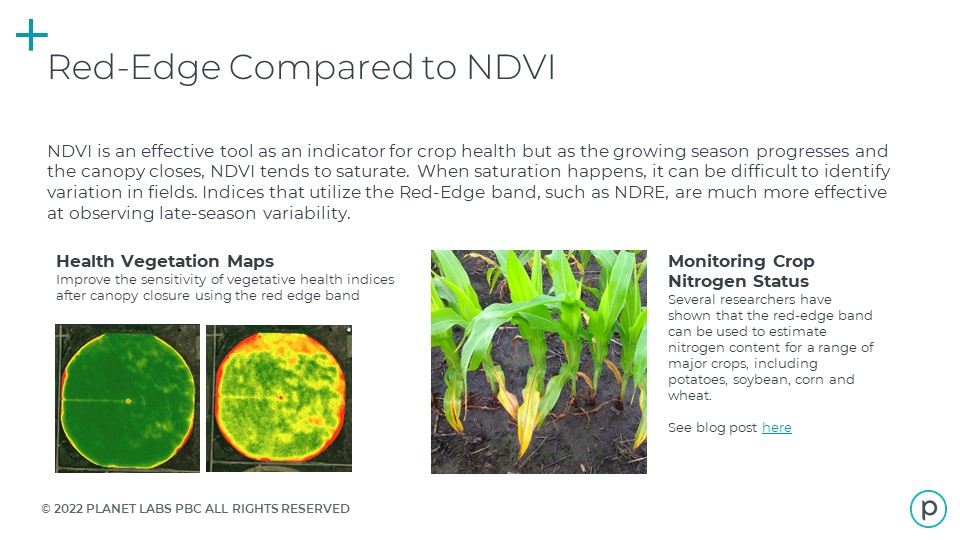OSU: Troubleshooting Emergence Is Key For Corn
With much of Ohio corn now planted statewide, growers who can identify any emergence problem early on will likely have a better chance of coming up with a successful solution to the issue, said an agronomist in the College of Food, Agricultural, and Environmental Sciences at The Ohio State University.
Troubleshooting emergence problems early in the growing process is critical, said Peter Thomison, an Ohio State University Extension agronomist. OSU Extension is the statewide outreach arm of the college.
“Corn may take up to three to four weeks to emerge when soil conditions are not favorable such as temperatures below 55 degrees or if there is inadequate soil moisture,” he said. “But as long as stands are not seriously reduced, delayed emergence usually does not have a major negative impact on yield. However, when delayed emergence is associated with uneven plant development, yield potential often can be reduced.”
Statewide, for the week ended May 31, corn is 93% planted and 83% emerged, according to the June 1 USDA crop progress report. That compares to corn at 85% planted at the same time last year, with 59% emerged during that same period, the USDA said.
“Heavy rainfalls were observed, especially later in the week, leaving standing water in some areas,” the federal agency said in a statement. “Some hail was reported. “Warmer than normal temperatures helped emergence and growth, but some replanting will be needed in drowned out areas. Despite widespread rains over most of the state, some areas remain drier than average.”
Some common emergence problems Thomison said growers could encounter include:
- No seed present: Thomison said this might be caused by a planter malfunction or the result of bird or rodent damage. If a bird or rodent causes the issue, signs of digging or seed or plant parts will be near the site.
- Coleoptile or shoot unfurled, leafing-out underground: These issues could be due to premature exposure to light in cloddy soil, planting too deep, compaction or soil crusting, or extended exposure to acetanilide herbicides under cool, wet conditions. Extended wet conditions alone could also cause the problem, he said.
- Seed that has swelled but not sprouted: Poor seed-to-soil contact or shallow planting could result in a seed that has swelled then dried out. Growers should check seed furrow closure in no-till.
- Skips associated with discolored and malformed seedlings: This could be caused by herbicide damage. To assess the issue, take note of the depth of planting and herbicides applied compared with injury symptoms such as twisted roots, club roots or purple plants.
- Seeds hollowed out: Seed corn maggot or wireworm could cause this issue. Look for evidence of the pest to confirm.
- Uneven emergence: This may be due to soil moisture and temperature variability within the seed zone; poor seed-to-soil contact caused by cloddy soils; soil crusting or shallow planting. Feeding by various grub species can also result in uneven emergence.
“Depending on the magnitude of the problem, some of these emergence issues may warrant replanting,” he said. “Growers who are facing replanting later in June may want to switch to soybeans unless they need to plant corn for a particular field or may have used chemicals that may lock them into planting corn.”






